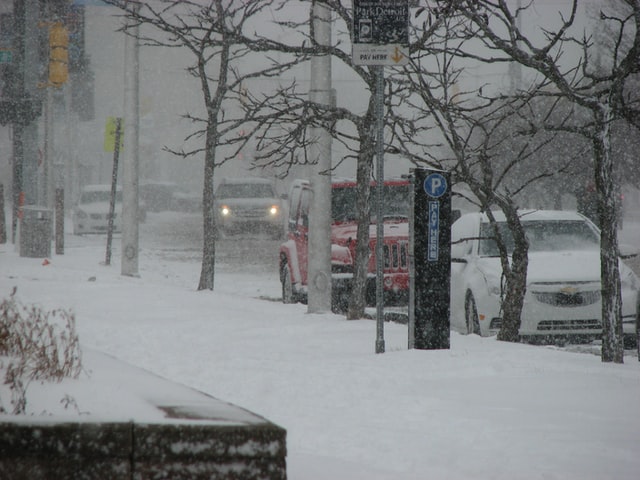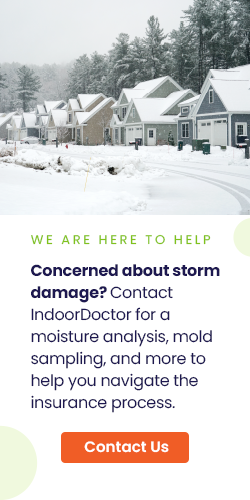If you suspect winter storm damage due to ice damming, burst pipes, excess condensate or basement flooding, we can help and here’s how:
1) Moisture Analysis: Our digital moisture meters and infrared technology can give you the peace of mind and documentation you need as to the moisture content of your walls and ceilings. Some walls that look or even feel dry are retaining excess moisture that will result in widespread mold. If you see water stains, we can let you know if the stain is actively wet or if your efforts to correct the moisture source have been successful.
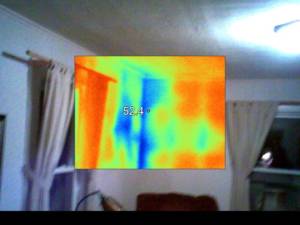
2) Mold Sampling: Are you concerned that you and your family could be breathing toxic mold spores due to water damage? By taking air samples we can let you know if your home is free of harmful molds by type and concentration, this will include water damage indicators, commonly referred to as “Black Mold”. Even a low amount of “Black Mold” can be more toxic to your health and along with indicating greater growth elsewhere. It is also important to take surface samples to verify the level of contamination of the underlying wood and framework.
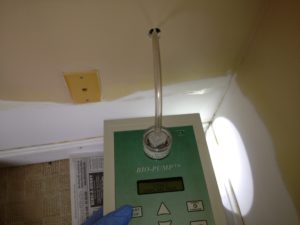
3) Clear Action Plan: Improper removal of walls, ceilings, carpeting, cabinetry and furnishings can further degrade the air quality in your home making you and family members sick, this is especially true for children, the elderly and people with a compromised immune system. The mold levels and harmful construction particles like fiberglass and gypsum will increase exponentially during renovation. Based on our onsite diagnostics, your specific concerns and laboratory results we can develop a clear action plan for a certified restoration contractor to follow. This plan often involves setting up containment zones so the dispersed construction debris, fiberglass and mold spores will not impact areas outside the containment zone. Other controls measures include commercial grade air scrubbers, large dehumidifiers and negative air pressure machines. We will also make recommendations on using new building materials and applications that are mold resistant.
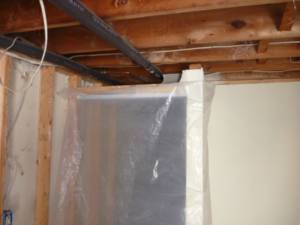
4) Quality Assurance: Make sure your restoration project stays on track with independent quality control inspections. We use advanced diagnostic tools such as a laser particle scanner to instantly measure and record the amount microscopic airborne debris. Taking interim air samples outside the containment zone can be used to compare against baseline measurements so that you know the containment is working properly. We highly recommend that you conduct quality assurance testing inside the containment zone and along treated surfaces before taking down the containment barriers and sealing up walls.
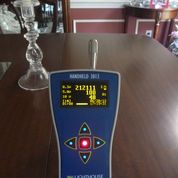
5) Advocate: We are your independent advocate and will help clarify your situation with an insurance adjuster. You may have been denied coverage for your storm damage claim but often we can cite areas where you may have coverage entitling you reimbursement for property, remediation and even testing.



